Five teams win a share of $100,000 in virtual modeling stage of NASA’s 3D-printed Mars Habitat competition.
NASA and partner Bradley University of Peoria, Illinois, have selected the top five teams to share a $100,000 prize in the latest stage of the agency’s 3D-Printed Habitat Centennial Challenge competition. Winning teams successfully created digital representations of the physical and functional characteristics of a house on Mars using specialized software tools. The judges interviewed and evaluated submissions from 18 teams from all over the world and selected these teams:
- Team Zopherus of Rogers, Arkansas – $20,957.95
- AI. SpaceFactory of New York – $20,957.24
- Kahn-Yates of Jackson, Mississippi – $20,622.74
- SEArch+/Apis Cor of New York – $19,580.97
- Northwestern University of Evanston, Illinois – $17,881.10
Above, team Zopherus of Rogers, Arkansas, is the first-place winner in NASA’s 3D-Printed Habitat Challenge, Phase 3: Level 1 competition.
Team AI. SpaceFactory of New York is the second-place winner in NASA’s 3D-Printed Habitat Challenge, Phase 3: Level 1 competition.
Team Kahn-Yates of Jackson, Mississippi, is the third-place winner in NASA’s 3D-Printed Habitat Challenge, Phase 3: Level 1 competition.
Team SEArch+/Apis Cor of New York is the fourth-place winner in NASA’s 3D-Printed Habitat Challenge, Phase 3: Level 1 competition.
Team Northwestern University of Evanston, Illinois, is the fifth-place winner in NASA’s 3D-Printed Habitat Challenge, Phase 3: Level 1 competition.
“We are thrilled to see the success of this diverse group of teams that have approached this competition in their own unique styles,” said Monsi Roman, program manager for NASA’s Centennial Challenges. “They are not just designing structures, they are designing habitats that will allow our space explorers to live and work on other planets. We are excited to see their designs come to life as the competition moves forward.”
source NASA

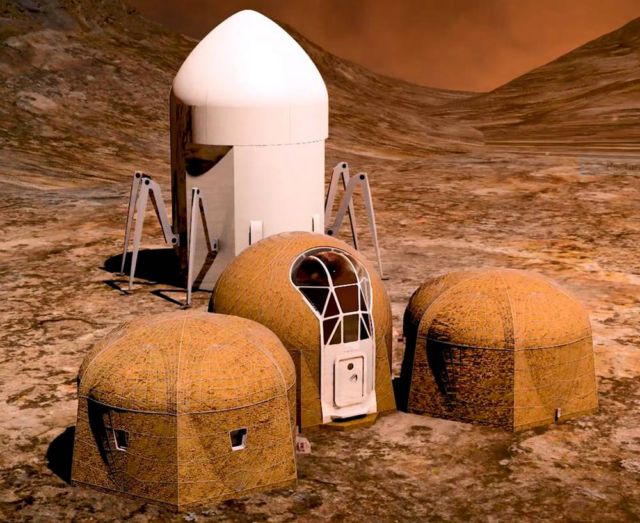
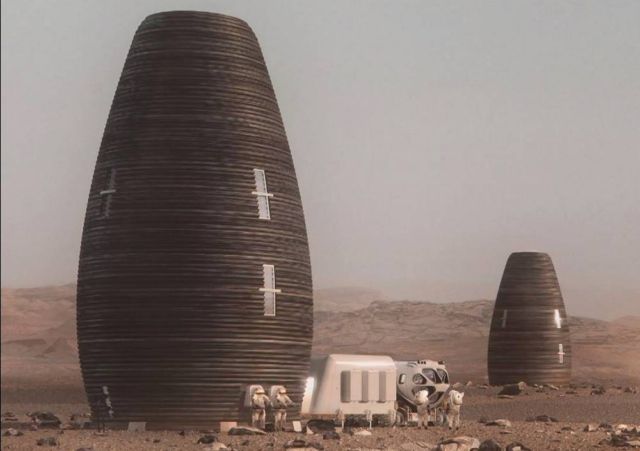
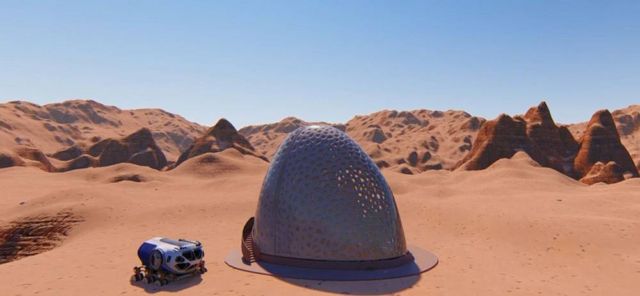
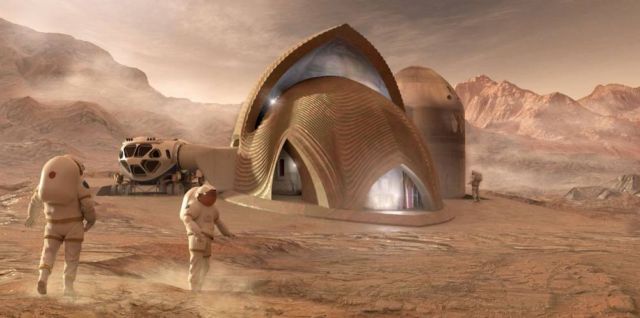
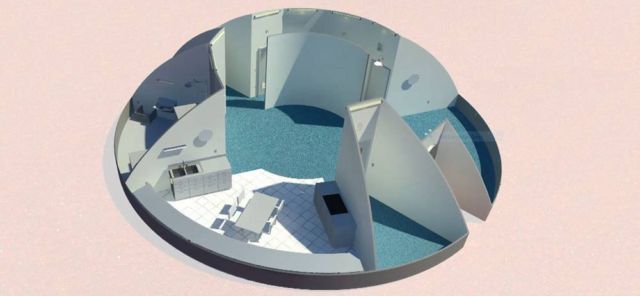



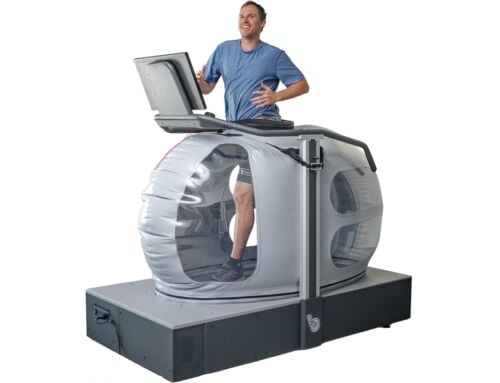
Leave A Comment